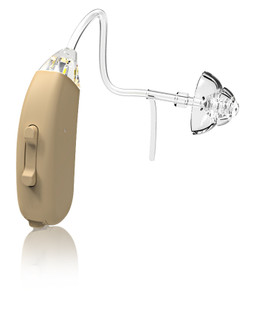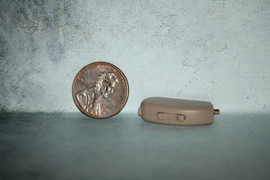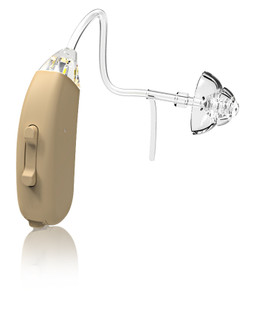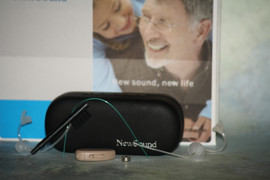The Latest Innovations in Programmable Hearing Aid Technology
Posted by DR Paul on Jun 09, 2023
Hearing loss is a widespread problem that affects millions of people globally. With advancements in technology, traditional hearing aids have evolved into programmable hearing aids that offer a wide range of features. Programmable hearing aids are designed to improve speech understanding, reduce feedback, and enhance the user’s overall listening experience. In this blog post, we will explore the latest innovations in programmable hearing aid technology and how they can benefit hearing aid buyers.
Artificial Intelligence (AI) Integration:
The integration of AI technology into programmable hearing aids is a significant advancement in the hearing aid industry. AI technology analyzes the user's listening environment and automatically adjusts the hearing aid settings to enhance the user's hearing experience. This technology helps to reduce background noise and improve speech understanding, making it easier for the user to follow conversations in complex listening environments.
Wireless Connectivity:
Wireless connectivity is another innovative feature in programmable hearing aids that has revolutionized the hearing aid experience. Hearing aids equipped with Bluetooth technology allow users to stream audio directly from their smartphones or other Bluetooth-enabled devices, such as TVs, radios, and computers. This feature enables users to enjoy music, audiobooks, and phone conversations without the need for external devices.
Rechargeable Batteries:
Traditional hearing aids use tiny disposable batteries that require frequent replacement. Rechargeable hearing aids have become more prevalent due to the many benefits they offer. Rechargeable hearing aids eliminate the inconvenience and the cost of replacing batteries. They are also environmentally friendly as they produce less waste, unlike disposable batteries.
Smaller and Sleeker Designs:
Hearing aids used to be bulky and noticeable. However, with the latest advancements in technology, manufacturers have designed smaller and sleeker hearing aids that are virtually invisible. These hearing aids fit comfortably behind the ear or inside the ear canal, making them discrete and fashionable.
Remote Adjustments:
One of the most significant advancements in hearing aid technology is the ability to adjust hearing aid settings remotely. Remote adjustments are made possible through the use of smartphone apps, allowing the user to control and customize the hearing aid settings wherever they are. With this technology, users can customize the hearing aid’s sound settings to their preference and environment.
Conclusion:
In conclusion, the latest innovations in programmable hearing aid technology have made an enormous impact on the hearing aid industry. The integration of AI technology, wireless connectivity, rechargeable batteries, smaller and sleeker designs, and remote adjustments have made hearing aids more effective and user-friendly. These features have made it possible for hearing aid users to enjoy improved hearing and overall better quality of life. As advancements in technology continue, we can expect to see even more innovation in programmable hearing aid technology in the future.










